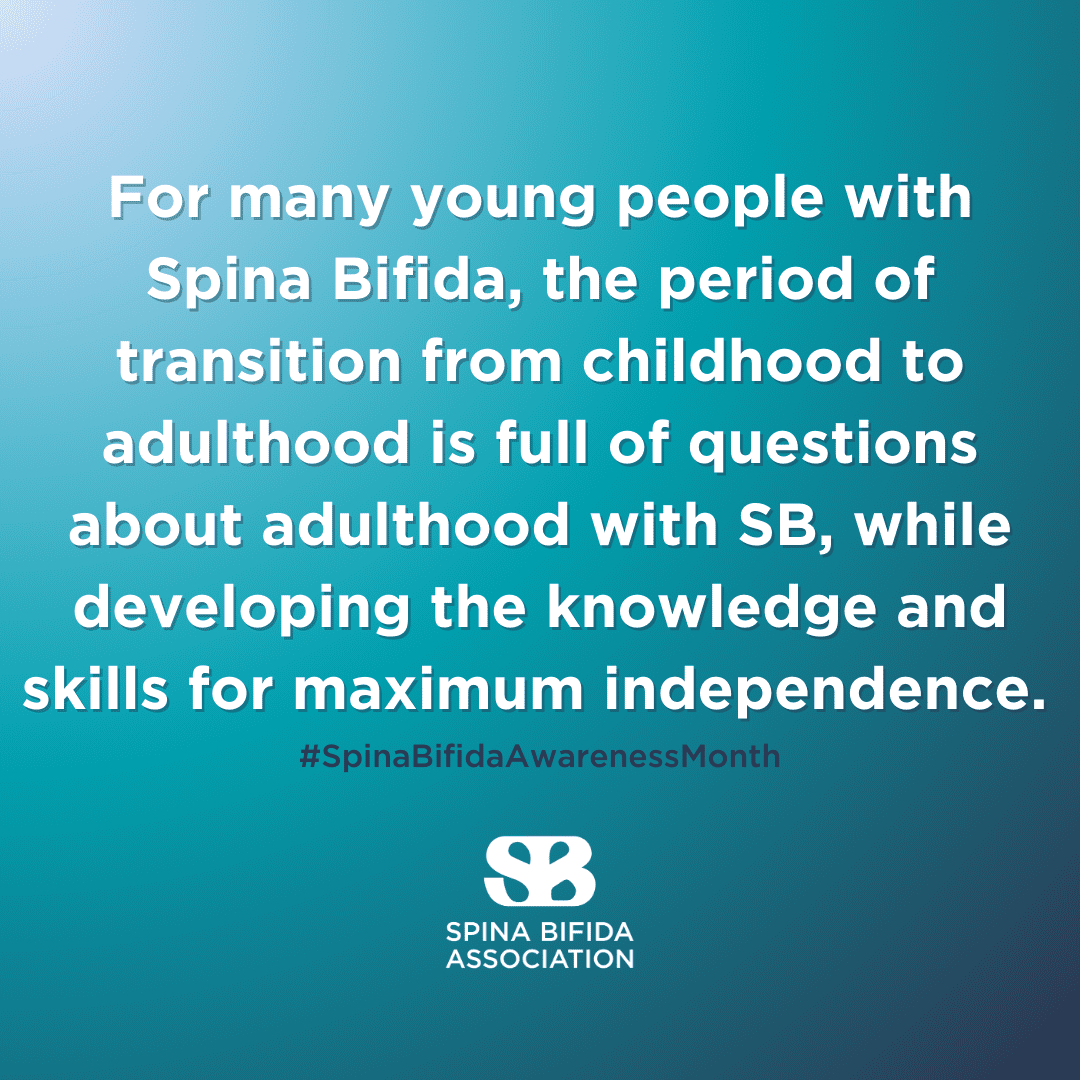On October 25th, we come together to shine a light on the incredible journeys of those living with spina bifida and hydrocephalus. This day not only raises awareness about these conditions but also celebrates the strength, resilience, and achievements of individuals and families affected by them. Join us as we explore inspiring stories, share vital information, and foster a deeper understanding of these conditions—because every story matters, and together, we can make a difference!
20 Powerful Facts About Hydrocephalus
1. Hydrocephalus is a life-threatening condition that affects more than 1 million
Americans.
2. Anyone at any age can develop hydrocephalus.
3. In the United States, one out of every 770 babies will develop hydrocephalus,
making it as common as Down's syndrome and more common than spina bifida or
brain tumors.
4. There is no way to prevent hydrocephalus, and there is no cure. The only known
treatment requires brain surgery.
5. Hydrocephalus is the most common reason for brain surgery in children.
6. The most common surgical treatment for hydrocephalus is the surgical placement of
a medical device called a shunt, which has one of the highest failure rates of any
medical device on the market.
7. An estimated 50% of shunts in the pediatric population fail within two years of
placement and repeated neurosurgical operations are often required.
8. approximately 10,000 pediatric hospital admissions for shunt
malfunctions each year.
8. approximately 10,000 pediatric hospital admissions for shunt
malfunctions each year.
9. Hydrocephalus and a shunt can mean a lifetime of multiple brain surgeries.
Dozens of brain surgeries are standard, and 100 or more is not unheard of.
10. The core technology used to develop the shunt has not changed significantly since
the 1950's.
11. Over 36,000 shunt surgeries are performed each year (one every 15 minutes) and
more than half of them represent emergencies.
12. Pediatric hydrocephalus alone accounts for more than 40,000 hospital admissions
each year (400,000 hospital days.)
13. The hospital charges for hydrocephalus are over $2 billion annually.
14. Up to half (50%) of infants diagnosed with hydrocephalus will have a learning
disability.
15. Since 2000, more than 370,000 U.S. service members have sustained a traumatic
brain injury (TBI), one cause of hydrocephalus. It is estimated that 14% of those who
suffered a severe TBI could develop hydrocephalus.
16. An estimated 800,000 older Americans are believed to have normal pressure
hydrocephalus (NPH) but often are misdiagnosed as Alzheimer's, Parkinson's, or
dementia. When correctly diagnosed and treated, the patient often can return to full functioning!
17. Accurately diagnosing adult hydrocephalus would save Medicare over
$184M over five years.
18. The Hydrocephalus Association provides free support and education to individuals,
families, and medical professionals dealing with the complex issues of this condition.
19. Since 2009, HA has invested over $15.5 million in research, making it the largest
non-profit, non-governmental funder of hydrocephalus research in the U.S. Our
grantees have gone on to secure over $87 million in additional funding to continue
their research.
20. In the United States, shunt revision and CSF diversion surgeries account for nearly
one-third of all neurosurgical procedures annually.
From: hydroassoc.org












































Comments